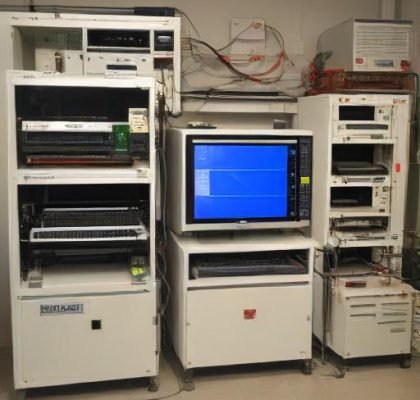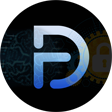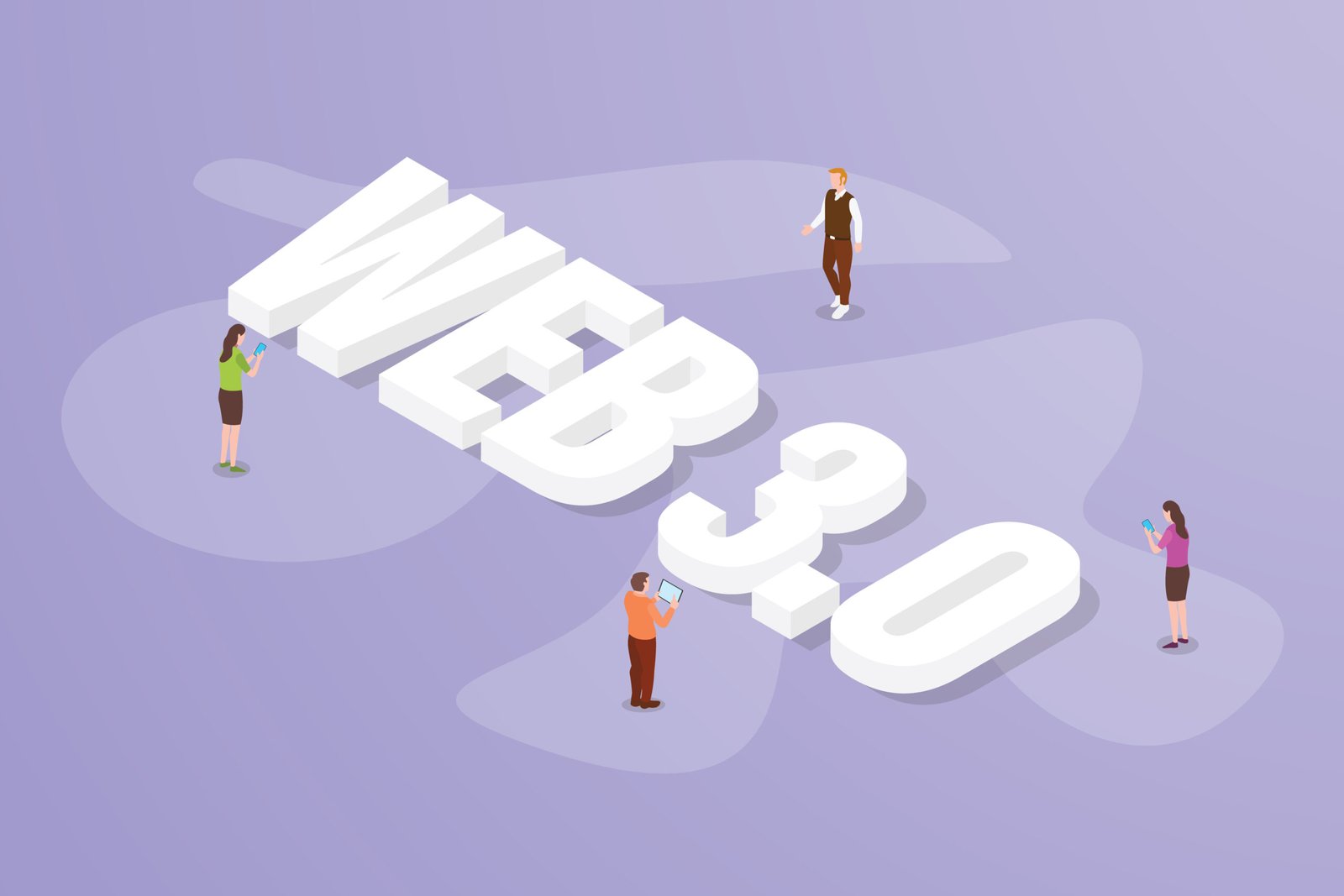Web3 Applications & Opportunities:
In recent years, the term “Web3” has been buzzing around the tech sphere, promising a decentralized and user-centric internet experience , that is told by the every one but what exactly the web3? and why it is called the future of internet? In this post, we’ll focusing into the intricacies of Web3. exploring its key concepts, potential applications, new Startups and Business Opportunities and the transformative impact it could have on how we interact with the digital world. first understand the what is the web?
For Web3: First Understand The Web & History of Web:
The World Wide Web is nothing but the millions of interconnected pages linked together through hyperlinks. These hyperlinks are like magical doorways that let you jump from one page to another just by clicking on them.
web3 is the third phase of evaluation of Internet. for the better understanding of the Web3 we need to understand the brief evaluation history of Internet. internet is the one of the most important and revolutionary thing which created by human kind.
Web 1.0 :
internet era started at the 1960s as a project by the United States Department of Defense’s Advanced Research Projects Agency (ARPA). its purpose to established and ensuring the communication would continue even if parts of the network were destroyed then move forward in 1969 , ARPANET made history by successfully transmitting. first message between two computers at different locations.
This event marked the birth of the internet as we know it today. after that in 1980 British scientist named Tim Berners-Lee was working at CERN(originally Conseil European pour la Recherche Nuclear in French) he sow the need for the system to organize and and share information among scientists worldwide. In 1989, Berners-Lee proposed a project called the World Wide Web, which aimed to create a network of interconnected documents using hypertext links.
In 1991: The first website went live at CERN, explaining what the World Wide Web project was all about .this Era is called the Web1.0 on that time websites were static and primarily focused on delivering information rather than interactive experiences. most have static content , limited interactivity meaning that the content was fixed and did not change frequently. They were like digital brochures or online pamphlets that provided information but didn’t offer much in terms of user interaction .meaning that the content was fixed and did not change frequently. They were like digital brochures or online pamphlets that provided information but didn’t offer much in terms of user interaction .
Websites were typically built using HTML (Hypertext Markup Language).which allowed for the creation of simple web pages with text, images, and hyperlinks. CSS (Cascading Style Sheets) was also used for basic styling, but web design was relatively primitive compared to modern standards .and its also having very slow loading times. this times of internet you can imagine the internet without the Social Media, Images & Videos. after that the Web2.0 comes into the picture.

Web 2.0 :
after the 90s the early 2000s the Web2 comes with the new new Evolution phase of internet The term “Web 2.0” was popularized by Tim O’Reilly and Dale Dougherty of O’Reilly Media in 2004, although its exact origins can be traced back to discussions within the tech community in the late 1990s and early 2000s. The idea behind Web 2.0 was to describe a new generation of internet technologies and applications that fostered collaboration, user-generated content, and dynamic user experiences. it does not having to much limitations like Web1.
Web2 allow to Create a Dynamic websites Web 2.0 platforms encourage user participation and contribution, allowing users to create, share, and collaborate on content. This includes social media sites like Facebook, Twitter, and YouTube, where users can post their own updates, photos, videos, and comments. Social networking became a defining feature of Web 2.0, enabling users to connect with friends, family, and peers around the world. Platforms like Facebook, LinkedIn, and Instagram facilitate social interactions, communication, and networking.right now we are using the internet is also the web2
Many companies have grown significantly by leveraging Web 2.0 technologies
01 Facebook: Founded in 2004 by Mark Zuckerberg, Facebook quickly became one of the most influential social networking platforms in the world. With features like profiles, news feeds, and photo sharing, Facebook revolutionized how people connect and communicate online.
02 YouTube: Launched in 2005, YouTube transformed the way we consume and share video content on the internet. The platform allows users to upload, view, and share videos, making it a powerhouse for user-generated content and a hub for entertainment, education, and creativity.
03 Twitter: Founded in 2006, Twitter introduced the concept of microblogging, allowing users to share short messages (tweets) in real-time. With its emphasis on brevity and immediacy, Twitter became a popular platform for news, discussions, and social commentary.
04 LinkedIn: Established in 2003, LinkedIn is a professional networking platform that connects professionals, employers, and job seekers around the world. With features like profiles, job postings, and professional groups, LinkedIn has become an essential tool for career development and networking.
05 Instagram: Launched in 2010, Instagram is a photo and video-sharing platform that emphasizes visual content and storytelling. With its user-friendly interface and creative tools, Instagram has become a go-to platform for sharing moments, building communities, and promoting brands.
06 Snapchat: Founded in 2011, Snapchat introduced the concept of ephemeral messaging, allowing users to send photos and videos that disappear after being viewed. With its focus on real-time communication and self-expression, Snapchat gained popularity among younger demographics.
07 Pinterest: Launched in 2010, Pinterest is a visual discovery platform that allows users to discover, save, and share ideas and inspiration. With its virtual pinboards and curated collections, Pinterest has become a popular destination for discovering and organizing content on topics ranging from recipes to home decor.
08 Reddit: Founded in 2005, Reddit is a social news aggregation and discussion platform where users can submit, vote on, and discuss content across a wide range of topics. With its diverse communities (subreddits) and democratic voting system, Reddit has become a hub for internet culture, discussions, and community engagement.
Why the Web3 is Imporatant?& Whats Limitations of Web2?
While Web 2.0 brought about significant advancements in interactivity, user engagement, and collaboration, it also has its limitations.
Decentralization: Web 2.0 Centralized platforms where data is controlled by a few large corporations.
Data Ownership and Privacy: Web 2.0: Users have limited control over their data, which is often collected and monetized by platform owners.
Interoperability:Web 2.0: Limited interoperability between platforms, leading to data silos and fragmented user experiences.
all this limitation are solved by the Web3.
Web3 :
Web3 is often described as the next evolution of the internet, characterized by decentralization, blockchain technology, and enhanced user control. Unlike the current Web2 model, where power and data are largely concentrated in the hands of big tech companies, Web3 aims to distribute ownership and governance across a network of nodes, removing the need for intermediaries provide greater transparency and autonomy..
At the heart of Web3 lies blockchain technology, the decentralized ledger system that underpins cryptocurrencies like Bitcoin and Ethereum. By leveraging blockchain, Web3 applications can operate in a trustless environment, where transactions and data are securely recorded and verified by a distributed network of nodes, rather than relying on a central authority.
Key Features of Web3:
Decentralization: Web3 platforms are built on decentralized networks, where no single entity has control over the system. This distributed architecture not only enhances security and resilience but also promotes censorship resistance and data sovereignty.
Interoperability: Web3 protocols are designed to be interoperable, enabling seamless communication and data exchange across different applications and blockchains. This interoperability fosters innovation and collaboration, allowing developers to build on top of existing infrastructure and create new, interconnected ecosystems.
Self-sovereign Identity: Web3 introduces the concept of self-sovereign identity, where users have full control over their personal data and digital identities. Through cryptographic techniques like zero-knowledge proofs and decentralized identifiers (DIDs), individuals can manage their identities across various platforms without relying on centralized authorities.
Tokenization: Web3 utilizes digital tokens as the native currency of the decentralized web. These tokens can represent anything of value, from cryptocurrencies and digital assets to ownership rights and access permissions. By tokenizing assets and services, Web3 enables new forms of value creation, exchange, and incentivization.

Applications and opportunities of Web3:
The potential applications of Web3 are vast and diverse, spanning industries such as finance, governance, healthcare, supply chain, and beyond. Here are just a few examples of how Web3 technologies are being leveraged
01 Decentralized Finance (DeFi):
DeFi platforms enable peer-to-peer lending, borrowing, trading, and other financial activities without the need for traditional intermediaries like banks.
Opportunities: Access to financial services for the unbanked, global financial inclusion, automated and programmable financial instruments..
02 Non-Fungible Tokens (NFTs):
NFTs represent unique digital assets, such as artwork, collectibles, and virtual real estate, on the blockchain.
Opportunities: New revenue streams for creators, provenance and ownership verification for digital content, tokenization of real-world assets.
03 Decentralized Autonomous Organizations (DAOs):
DAOs are community-governed organizations that operate on the blockchain, enabling collective decision-making and resource allocation.
- Opportunities: Access to financial services for the unbanked, global financial inclusion, automated and programmable financial instruments.
04 Supply Chain Management:
Web3 technologies improve transparency, traceability, and efficiency in supply chains by recording transactions on a distributed ledger.
Opportunities: Enhanced provenance and authenticity verification, reduced counterfeiting and fraud, streamlined logistics and inventory management.
05 Decentralized Social Networking:
Decentralized social media platforms empower users to own and control their data, eliminate censorship, and receive fair compensation for their contributions.
Opportunities: Data privacy and ownership, user-controlled content moderation, token-based incentives for engagement and content creation.
Digital Identity:
Self-sovereign identity solutions enable users to control and manage their digital identities across different platforms without relying on centralized authorities.
Opportunities: Enhanced privacy and security, streamlined identity verification processes, reduced risk of identity theft and fraud.
Gaming and Virtual Worlds:
Web3 enables the creation of decentralized gaming platforms and virtual worlds where players own and trade in-game assets as NFTs
.
Opportunities: True ownership of virtual assets, interoperability between different games and platforms, new monetization models for game developers.
The creation of Web 1.0 can be traced back to the late 1980s and early 1990s.
British computer scientist Tim Berners-Lee is the creator of Web1.0 a distributed information system while working at CERN (the European Organization for Nuclear Research).
Web 1.0 refers to the early phase of the World Wide Web, characterized by static web pages, basic HTML coding, and limited interactivity, primarily focused on delivering information rather than interactive experiences.
Web 2.0 signifies the evolution of the internet to dynamic, interactive platforms, fostering user-generated content, social networking, and collaborative applications, enabling a more participatory and engaging online experience.
1. Web 1.0
2. Web 2.0
3. Web 3.0
are the three phases of internet
Web3.0 represents the next phase of the internet, characterized by decentralized technologies like blockchain, enabling trustless transactions, data ownership, and decentralized applications (dApps), aiming to shift control from centralized authorities to users, fostering greater privacy, security, and user empowerment.


Wonderful blog! I found it while browsing on Yahoo News. Do you have any tips on how to get listed in Yahoo News? I’ve been trying for a while but I never seem to get there! Appreciate it
Very interesting points you have remarked, appreciate it for posting.
Thank you !!
Thanks for every other informative blog. Where else may just I get that type of information written in such a perfect means? I have a challenge that I am just now working on, and I have been at the look out for such information.
Hi, Neat post. There’s a problem with your site in internet explorer, would check this… IE still is the market leader and a big portion of people will miss your excellent writing due to this problem.